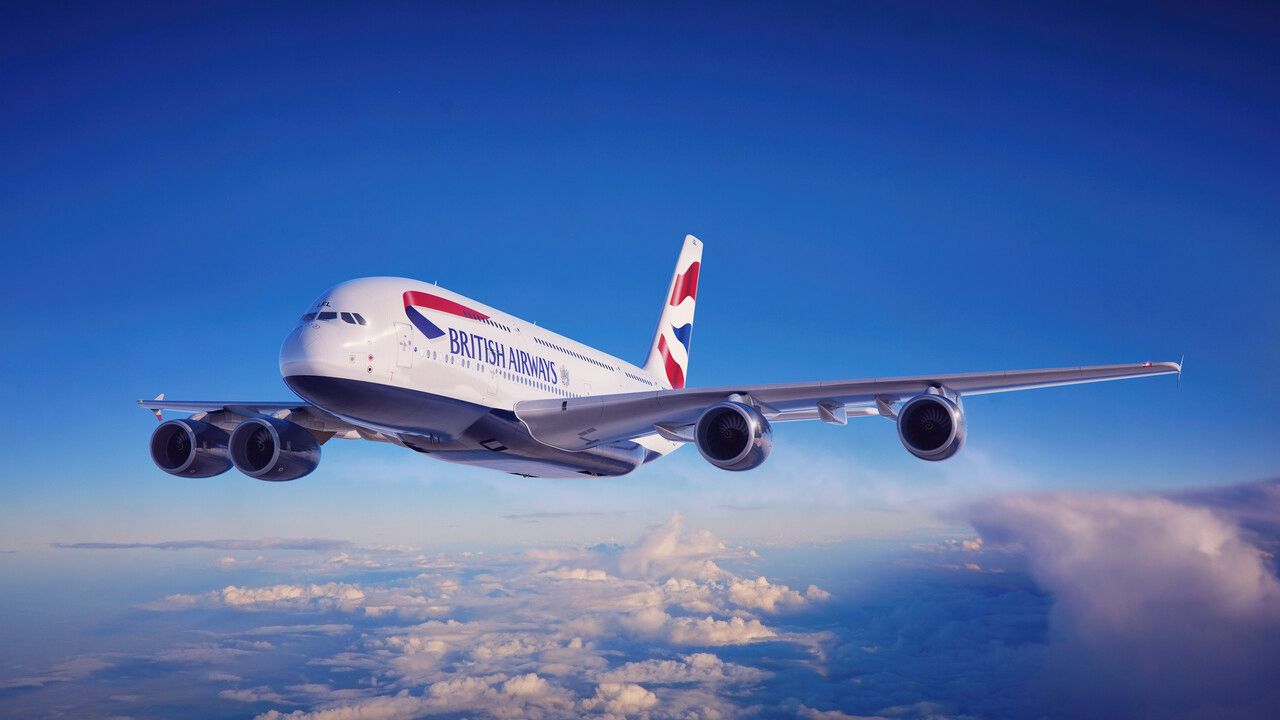With just over 37,000 human inhabitants in an area the size of California, the Yukon has a lot of space for wildlife. From broad uninhabited valleys to crystal-clear rivers and endless mountain peaks, more than 80 percent of the Yukon landmass is wilderness. Its home to more than 250,000 caribou, 70,000 moose, 22,000 mountain sheep, 6,000 grizzly bears, 10,000 black bears, 1,500 polar bears and 284 species of birds.
It's no surprise then that seeing wildlife is a highlight of a visit to the Yukon. And on just about any road, anywhere in the Yukon, it is not at all uncommon to see wildlife.
More than a quarter of Canada's grizzly bears live here, making it one of the best places anywhere to see one. Sightings of both grizzly and black bears from the side of the road, while hiking and paddling, or even from the air are common.
Shorter summers in the North mean that grizzlies must be as efficient as possible in preparing for their long winter hibernation. They depend on thick crops of berries and seasonal runs of salmon to fatten up. In an autumn feeding frenzy, a grizzly can eat 200,000 berries in a single day!
One of the most unique bear viewing opportunities takes place at Bear Cave Mountain. In a remote location near the Arctic Circle, thermal springs create a turbulent effect in the river water, preventing it from freezing, creating the perfect habitat for salmon. Grizzly bears are attracted to this bounty and are able to fish much later than elsewhere. Long after the snow starts falling, grizzlies congregate here to feast, which has earned them the moniker “Ice Bears” due to water that freezes in their long winter fur. Visitors tell stories of the ice 'tinkling like a chandelier” while the bears walk along the waters' edge. With only a handful of guests permitted at any one time, and exceptional photographic opportunities, it's a remarkable experience.
It's not all about the bears though. The Yukon is witness every year to many spectacular wildlife migrations. Watch as thousands of salmon make their way up the longest wooden fish ladder in the world in Whitehorse. On land the Porcupine Caribou Herd, the fifth largest herd in North America, ranges over its vast territory in northern Yukon. The herd can be seen in spring and fall as it migrates along the Dempster Highway corridor from south to north, and back again, often in groups of hundreds or even thousands.
And during spring and fall the skies over the Yukon come alive with thousands upon thousands of migratory birds as they make their way along the Pacific Flyway. Several of these migrations are celebrated in festivals throughout the Yukon. During the Celebration of Swans at Marsh Lake near Whitehorse, approximately 3,000 swans and thousands of other waterfowl stopover on their spring migration north. At the Crane and Sheep Viewing Festival in Faro an estimated quarter of a million Sandhill Cranes pass through on their spring migration to summer nesting grounds. Tombstone Territorial Park provides habitat to 148 species and the annual birding festival Weekend on the Wing offers an opportunity to see many migratory birds. Environment Yukon offers these as well as other wildlife and bird viewing programs.
















